
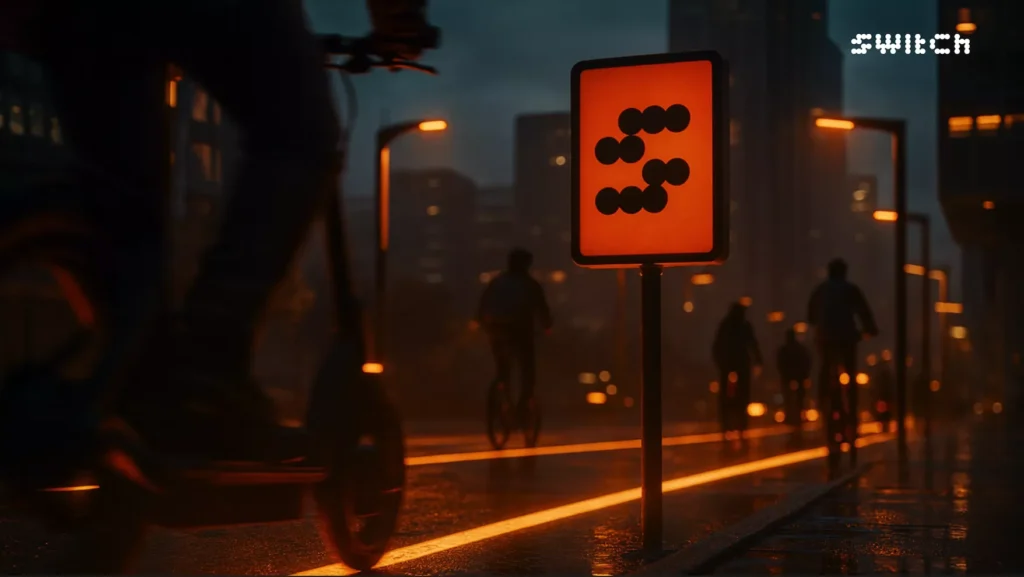

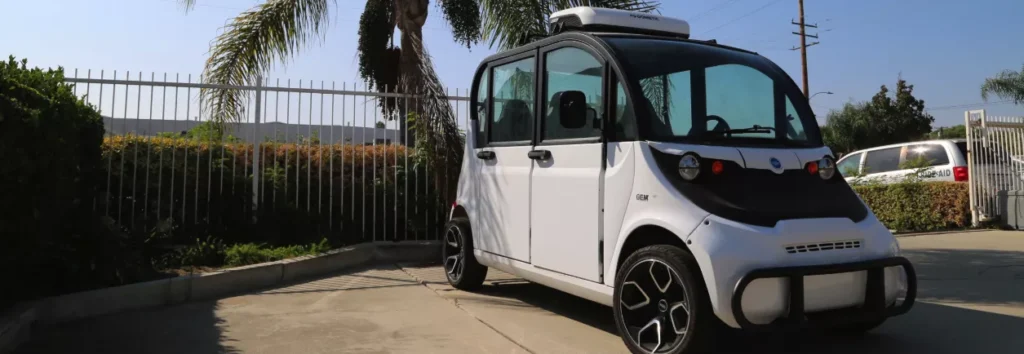
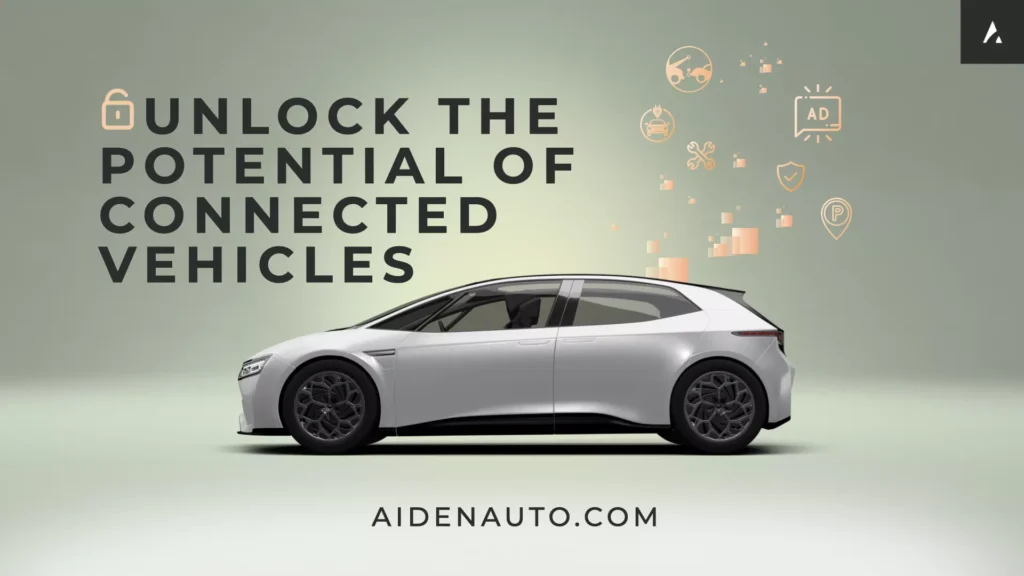





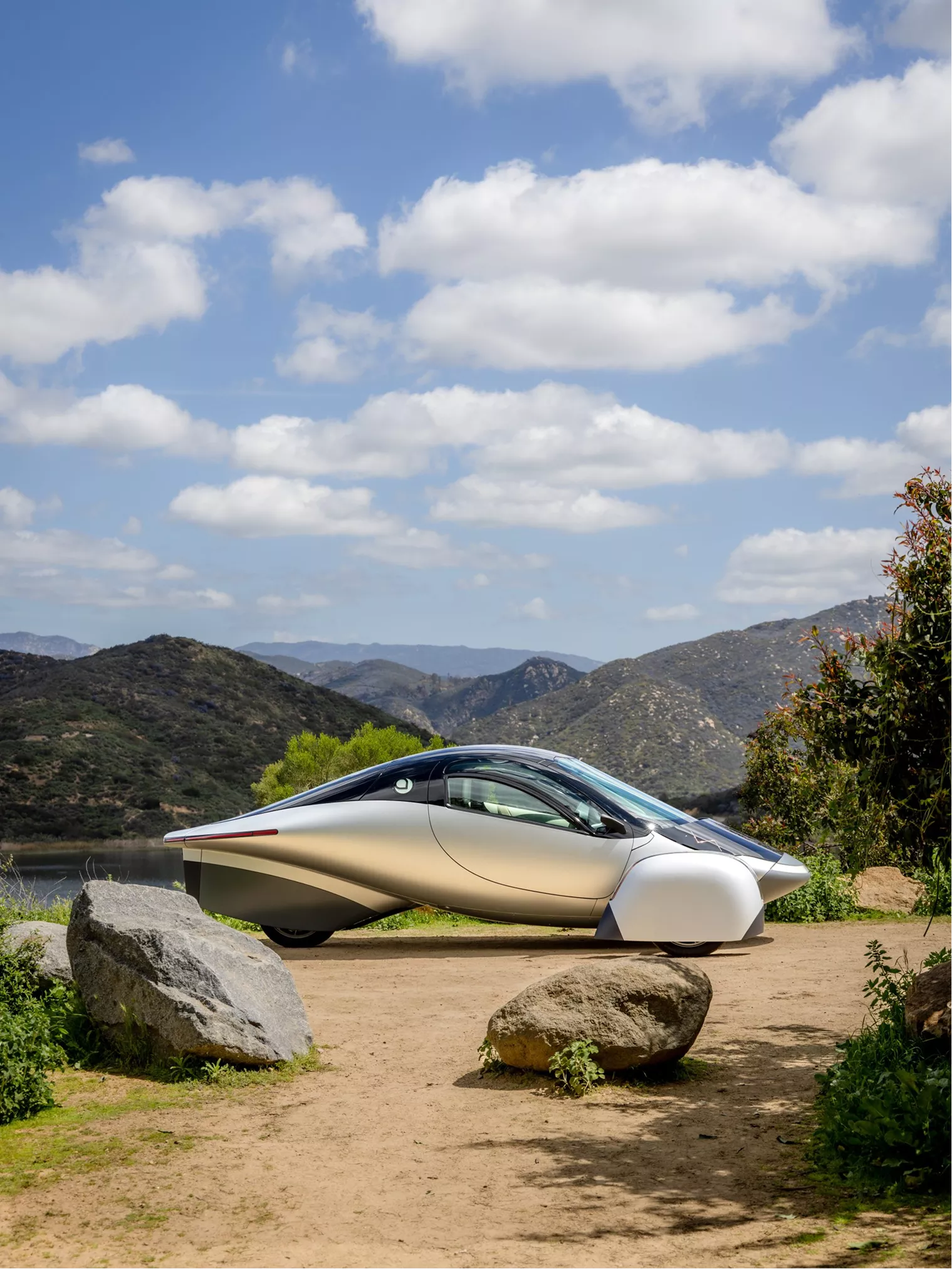
From EVs and batteries to autonomous vehicles and urban transport, we cover what actually matters. Delivered to your inbox weekly.
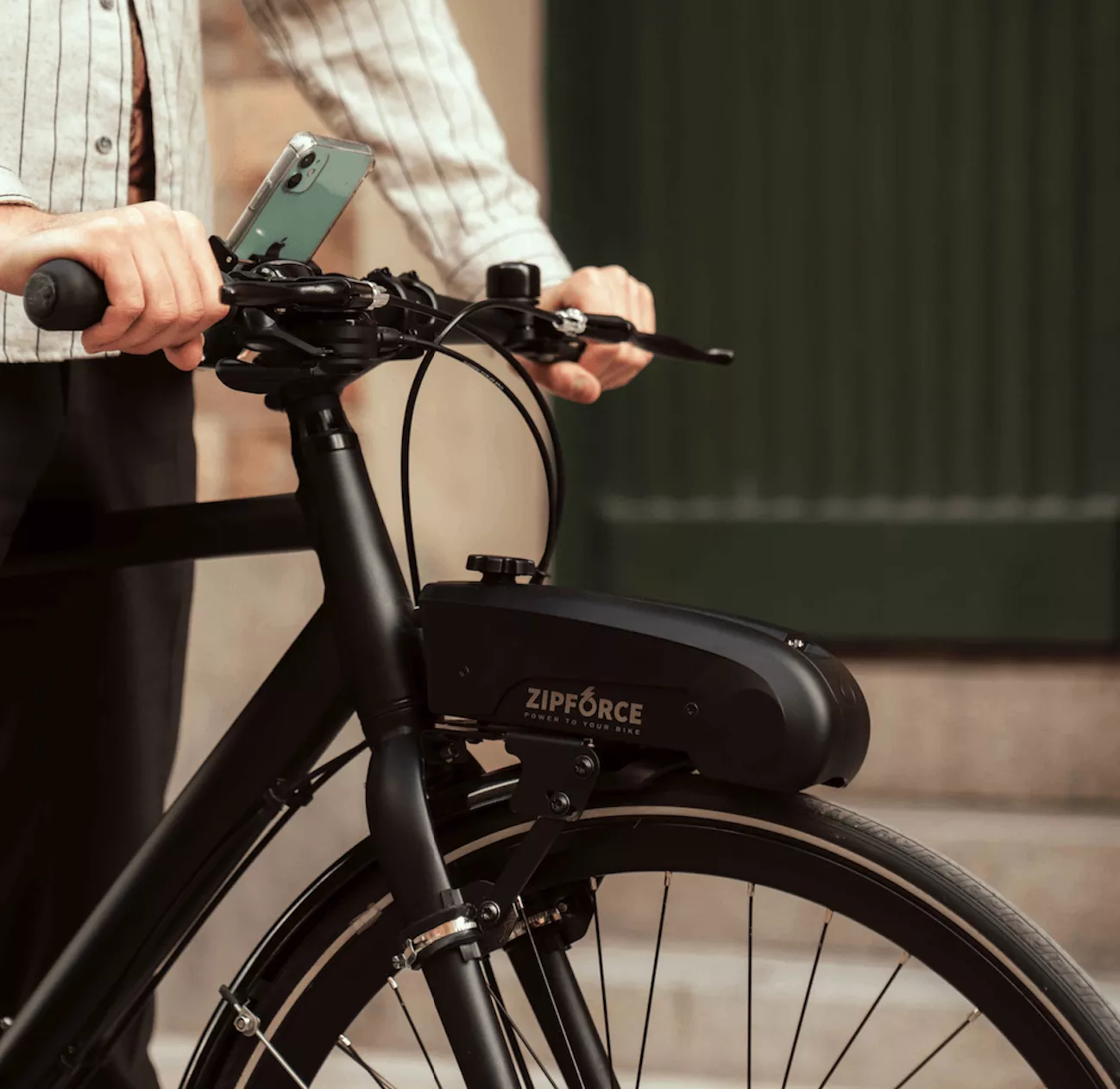
Most people already have a bike. It’s sitting in the hallway, the basement, or locked up outside, just waiting for a reason to be used more. What Zipforce figured out is that you don’t need to buy an entirely new vehicle to get that e-bike boost. You can just upgrade the one you already know and love.
Based in Sweden, Zipforce builds compact, portable motor kits that snap onto your regular bike. No new frame required and no apps you need to configure. You get a small unit that adds smooth, pedal-assist power for your ride to work, your grocery run, or your weekend loop around the lake.
Their goal is to finally make electric mobility accessible. Especially for people who don’t want to give up their current bikes. And in a market full of pricey e-bikes and over-complicated systems, Zipforce is going for something simpler.
Zipforce began the way many great innovations do – out of necessity. In 2016, Swedish founder Måns Bengtsson faced a longer daily commute and wanted an easier, more flexible way to cycle to and from the bus station. He searched for an e-bike kit that was compact, simple to install, and affordable, but only found bulky, complex options that didn’t stand up to Sweden’s cold, wet winters. So he set out to build something better.
With a background in engineering and real-world experience as a Nordic commuter, Bengtsson developed a motor that could be easily clipped onto almost any bike, with no rewiring, no apps, and no new frames. The idea was to keep things lightweight and flexible – provide just enough assist to flatten hills and speed up journeys, all while letting riders keep their regular bike.
From those first prototypes, Zipforce evolved into a lean, purpose-driven company headquartered in Stockholm. Rather than chase trends, the team focused on solving a real-world problem by building a mobility product that works reliably in everyday conditions.
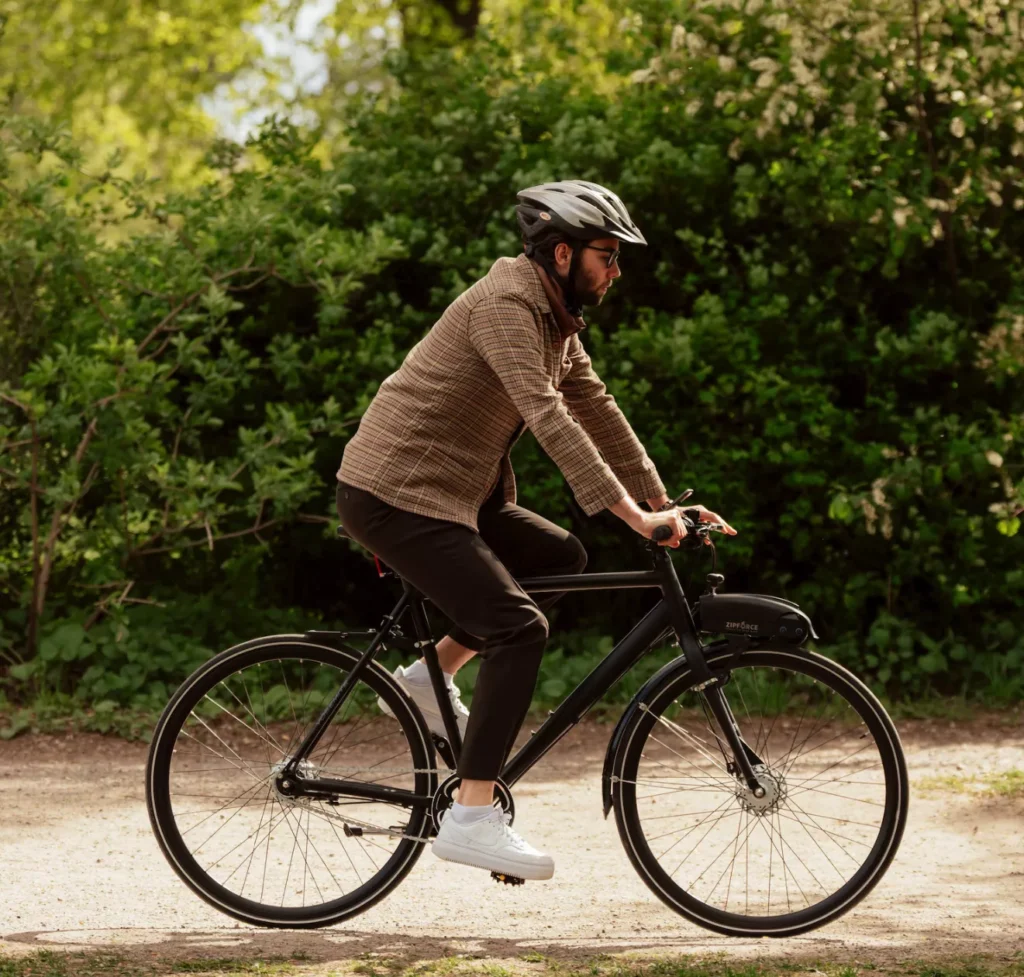
What sets Zipforce apart isn’t just what it adds, but what it doesn’t force you to change. There’s no need to swap wheels, rewire brakes, or download a new app. You simply mount a small motor unit on your bike’s front or rear fork, attach the wireless pedal sensor, and you’re ready to ride.
The system uses a friction-drive motor, a lightweight module that presses against your bicycle tire to provide smooth, responsive pedal assist. While friction drive may sound less technical than hub or mid-drives, that accessibility is by design. It’s quick to install, easy to detach, and works with nearly any bike, whether vintage or new.
Zipforce offers two models:
Both models use a 250W motor and support pedal-assist speeds up to 25 km/h, making them fully street-legal in the EU by EN 15194 standards. They recharge via standard wall outlets, and after the first setup, no special tools are needed for daily use.
It’s plug-and-play electrification with no bike replacement and no major lifestyle shift.
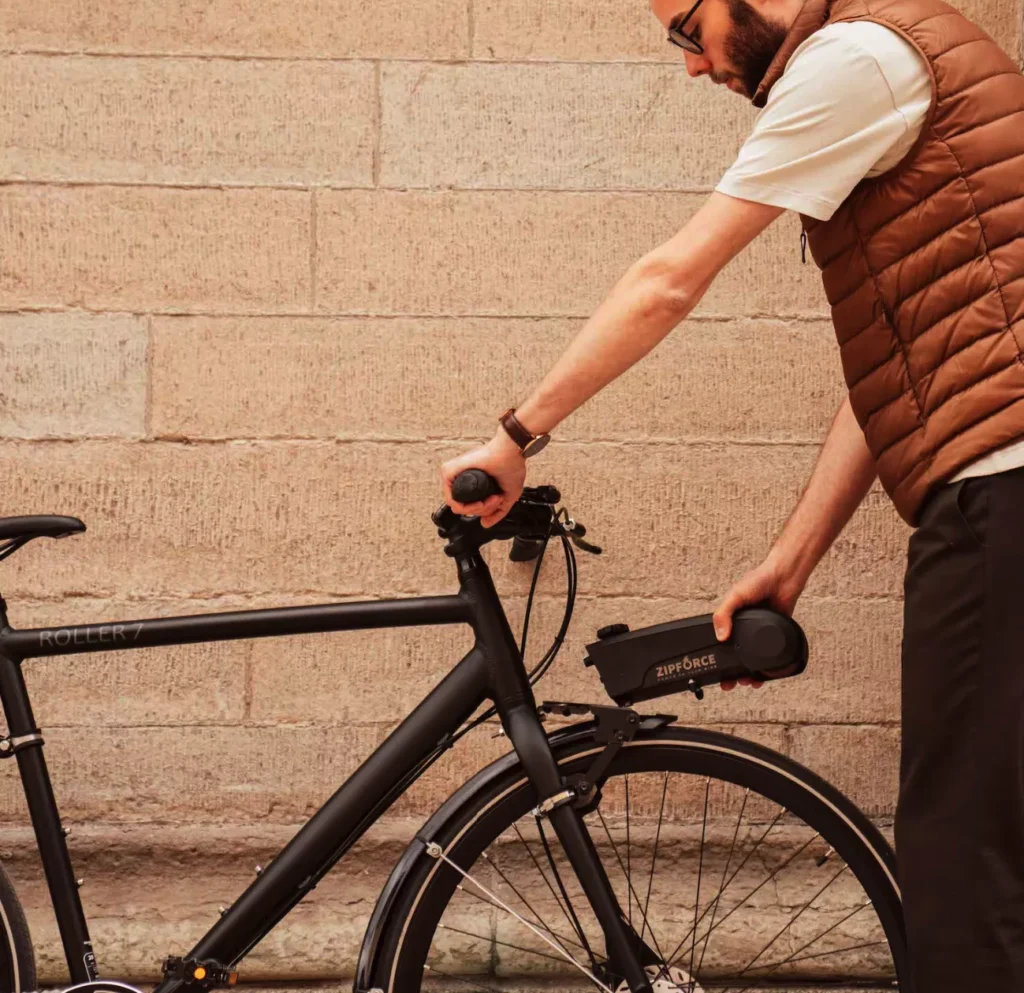
Not everyone wants to replace their bike. Many riders have frames they value, or simply find no need for a €2,000 electric bike when their current bike is reliable. Zipforce’s retrofit solution is designed to meet users where they actually are – and make the bikes people already own more useful and versatile.
For urban commuters, Zipforce provides pedal assistance to flatten hills and reduce fatigue, enabling quicker journeys without arriving sweaty.
For students, Zipforce offers a budget-friendly upgrade, a portable motor kit that doesn’t call for a major investment, compatible even with older second-hand bikes.
For delivery riders, Zipforce lets personal bikes serve as work vehicles, with electric assist for longer shifts and no need to purchase dedicated e-bikes.
For owners of vintage or sentimental bikes, Zipforce makes it possible to keep a beloved or classic bike on the road, supercharged for daily utility without sacrificing its original character.
Fleet and business operators, including couriers and postal services, can add Zipforce units to existing fleet bikes. This enables electric assist for multiple users without committing to a full fleet overhaul or replacing bikes.
Zipforce is so much more than just an e-bike motor. It’s a revolutionary modular tool for extending the life, flexibility, and functionality of existing bikes.
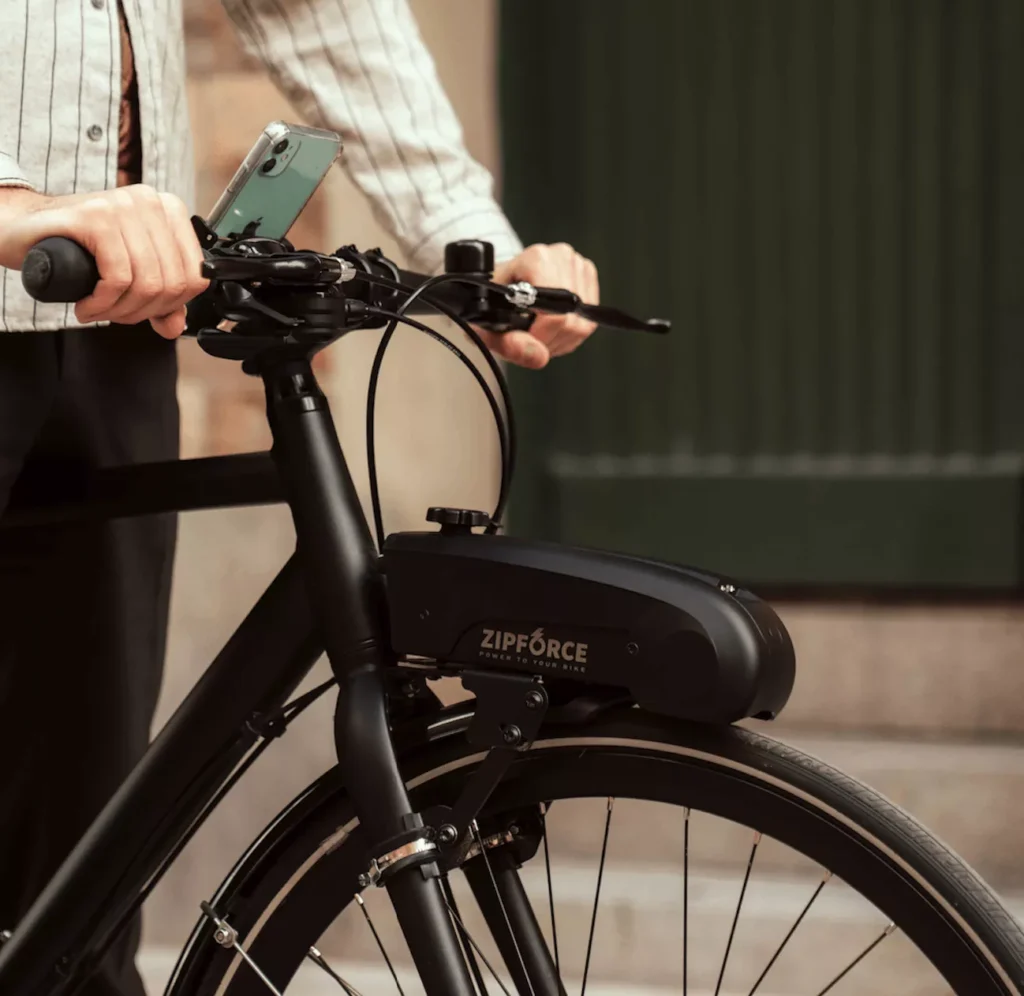
Since its launch, the company has sold thousands of units across Sweden, Germany, and France, and public reports and interviews verify that Zipforce’s sales are in the low-thousands range, with ongoing expansion into Benelux and Italy.
Zipforce’s business model is direct-to-consumer – buyers order online, receive clear instructions and video guides, and set up their kit themselves.
There’s no retail overhead and no distributor markups.
Zipforce has been recognized by EIT Urban Mobility and was showcased in Sweden’s cleantech innovation programs, including events run by Smart City Sweden and Swedish Cleantech. The approach is bootstrapped – Zipforce has operated with limited outside investment, prioritizing product and business sustainability, rather than chasing large VC rounds or aggressive growth.
Rather than trying to dominate every market at once, Zipforce has steadily refined its hardware, improved support materials, and kept operations lean. The company’s product is both functional and reliable, a reflection of its practical growth philosophy.
Zipforce isn’t alone in trying to electrify the bikes people already own. In a retrofit landscape that includes UK-based Swytch and Boost, and Lithuania’s Rubbee, Zipforce stands apart for its simplicity. There’s no app, no lengthy setup, and no waiting for a crowdfunding campaign to cross the finish line. You buy the kit online, mount the motor – on front or rear fork – in minutes, and ride.
Pricing for Zipforce kits is transparent and direct As of late 2025, the Slim V2 lists for €549 and the Distance V2 for €679.
That undercuts the cost of a new e-bike by a wide margin, and unlike some competitors, Zipforce doesn’t play games with subscriptions or hidden fees.
When talking tech… Yes, a friction-drive motor has less peak torque than most hub or mid-drive competitors. But Zipforce wins on portability (under 2 kg for Slim), fast detachment, and being compatible with nearly any bike – vintage, modern, step-through, or commuter. That means more flexibility for daily life, and real theft protection. Take the motor off, and your new “e-bike” is suddenly just your old bike again.
Every Zipforce kit is made and assembled in Sweden. That gives tighter quality control, a shorter support loop, and end-to-end responsibility you can’t get from third-party assembly plants.
We can agree, Zipforce won’t top the spec charts for raw power. But for anyone who just wants something that works, doesn’t overcomplicate, and doesn’t break the bank – it’s a contender that routinely punches above its weight.
Zipforce’s distribution now includes pilot partnerships with local bike shops and municipal programs, making the product accessible not only through online direct sales, but also via retail and public sector channels.
These pilot initiatives also extend to fleet operators, including postal and courier services, who are exploring Zipforce units as a way to electrify existing fleets without replacing all bikes.
On the technical side, the company confirms R&D focus for 2025 on improved weatherproofing, faster charging, and firmware updates that enable more precise pedal-assist customization. The goal, as Zipforce states, isn’t to turn the motor into an “app gadget,” but to make electrified riding smoother and more user-friendly for everyday cyclists.
Zipforce’s approach is completely centered around continuous refinement of proven solutions and gradually expanding availability – reaching more users and use cases where traditional e-bikes don’t fit.
Electrification alone isn’t enough. If every old bike is scrapped for a new e-bike, the problem of waste and resource use isn’t solved. Zipforce is different, its mission is to extend the life of bikes that already work by giving people a tool to upgrade, not replace.
There’s no need for a new frame, no software install, and no significant learning curve. You get a straightforward upgrade that makes a current bike more useful, more often.
This philosophy – centered on preservation and circularity, not complete reinvention – is still rare in mobility. But it reflects what cities, commercial fleets, and everyday riders increasingly require.
Zipforce’s value proposition is usability and low-friction adoption. In a market crowded with costly, complex, or overdesigned systems, that focus on upgrading the present, rather than discarding it, is quietly revolutionary.